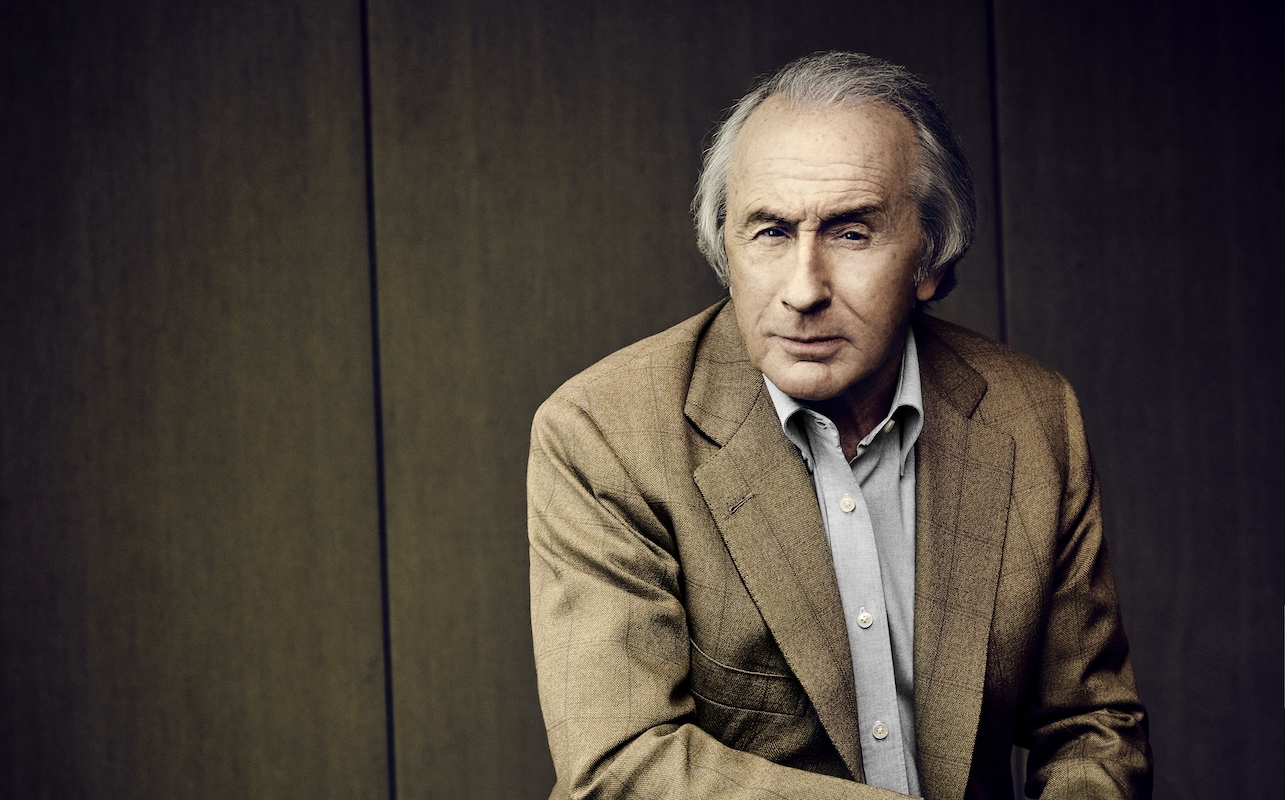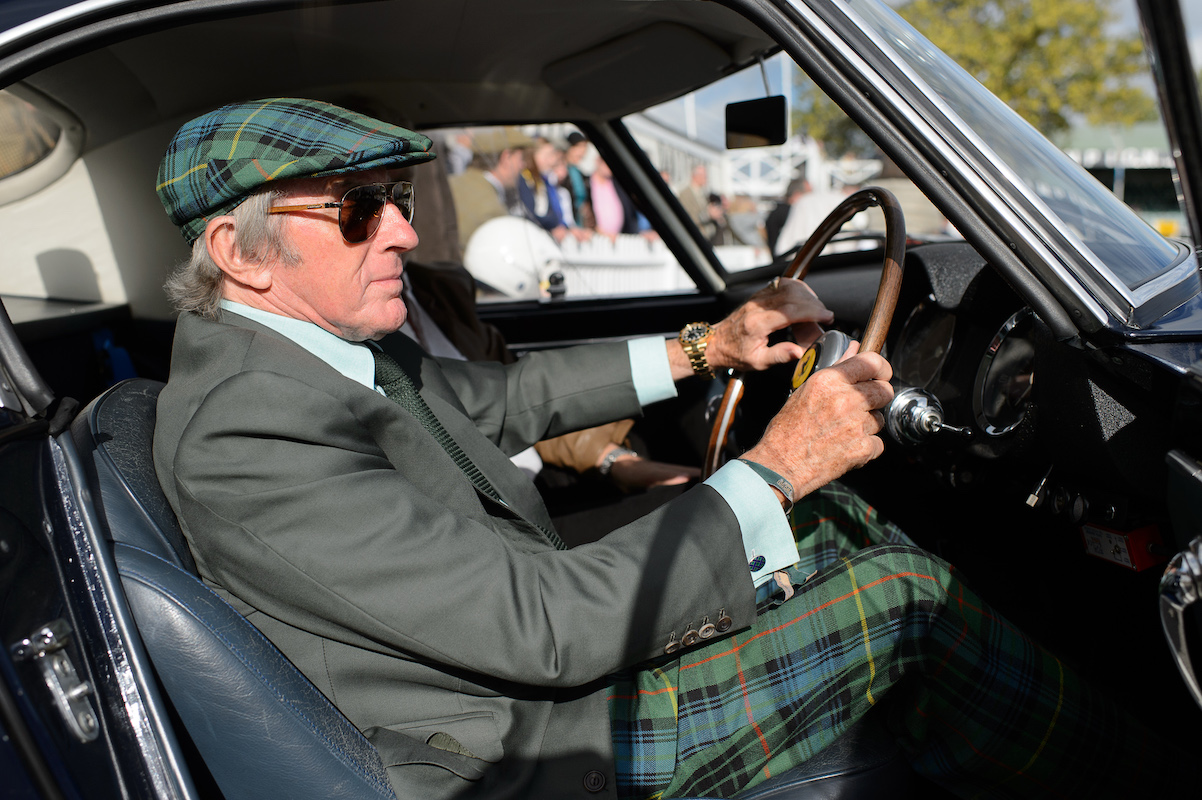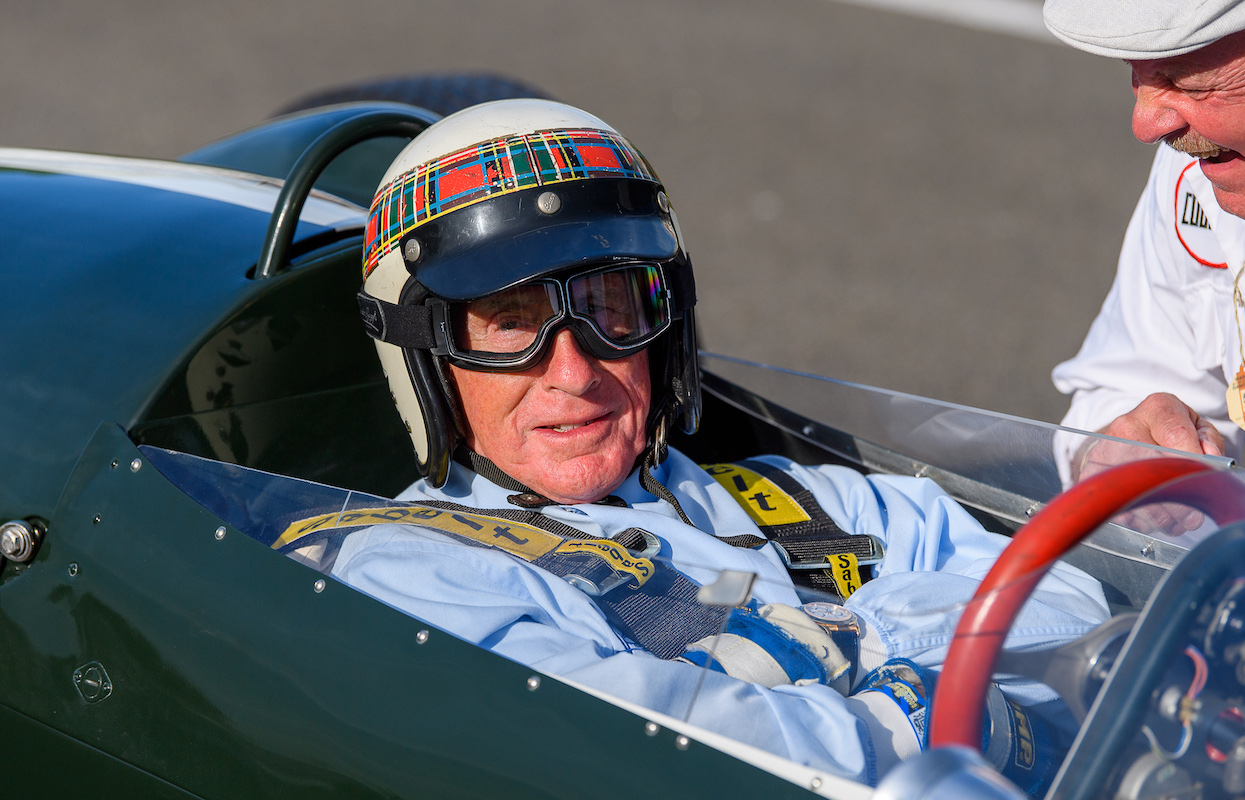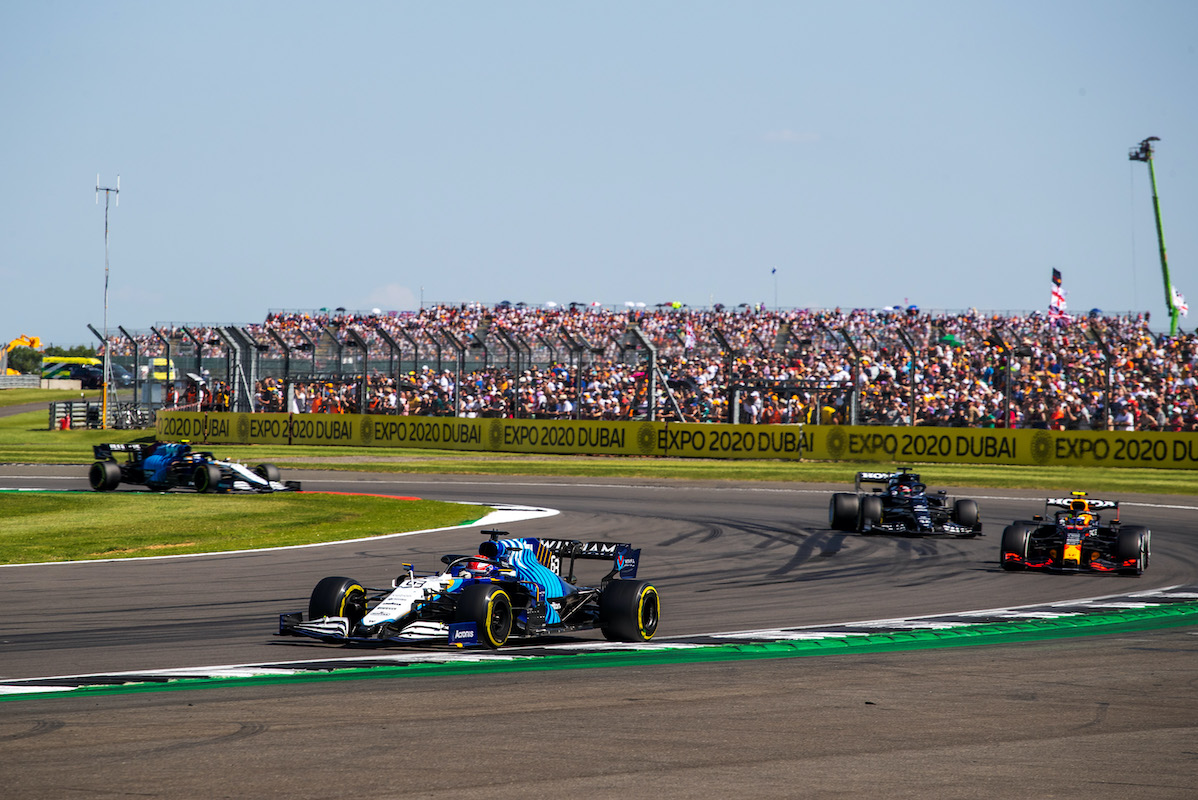This website uses cookies so that we can provide you with the best user experience possible. Cookie information is stored in your browser and performs functions such as recognising you when you return to our website and helping our team to understand which sections of the website you find most interesting and useful.
Sir Jackie Stewart on his love for F1 and his lasting legacy
By Rory FH Smith | 2 September 2021 | Sport
At the 2021 British Grand Prix, the three-time Formula One World Champion reflects on the campaign for driver safety that has changed F1 for ever

While Formula One may be enjoying a much-awaited return to form, with racing rivalries and friendship reminiscent of the glory days of the 1960s and ’70s, today’s racing championship is miles ahead of yesteryear in terms of its improvements in safety. Tragically, lethal crashes were commonplace in this era – and might still be today if not for the efforts of legendary driver Sir Jackie Stewart.
Sir Jackie defied the odds to not only survive but to emerge a three-time world champion by 1973. Now, at 82 years old, the proud Scottish racer is this year celebrating 50 years since his second World Championship title and 53 years as a Rolex Testimonee (he is pictured here wearing a Rolex Oyster Perpetual Cosmograph Daytona) all while turbocharging his work with his own charity, Race Against Dementia.

It’s no surprise, then, that finding time in Stewart’s busy schedule is a challenge. Thankfully, there is one engagement the F1 star rarely misses – the British Grand Prix, where we sit down to discuss the difference between drivers’ relationships then and now, and why the most dangerous years of the sport are thankfully behind us.
“I think my period was probably the best period of camaraderie and friendship,” says Sir Jackie amid the din of the Formula 1 Paddock Club. “I think because it was such a dangerous sport at the time, that your association of everybody was much deeper.
“The drivers now just don’t live with each other the same way that we did – there were no helicopters and private planes back then. Everybody spent time together. We went to the same hotels, we went out together, had holidays together.”

Born John Young Stewart in Dunbartonshire in 1939, as a young man he was a skilled clay pigeon shooter, narrowly missing out on the 1960 Olympic team. In 1964, he made his Formula Three debut drivingforTyrell,coastingtoa44-secondleadwinin the wet at Snetterton. Stewart was offered a place in F1 within days, but twice declined, choosing instead to gain experience first in F3 and then in F2 with Lotus, before finally advancing to F1 with BRM in 1965. He competed until 1973, earning the nickname ‘The Flying Scot’ for his skill on the racetrack.
At the time Stewart was racing, Formula One was both different and more dangerous than the comparatively sanitised sport we see today. When one considers the tragic deaths of more than 50 of Stewart’s contemporaries throughout his racing career, his achievement of claiming three titles during the ‘killer years’ is almost inconceivable.
Not only was safety sacrificed in the search for speed in the development of many cars at the time, but tracks were narrow, poorly manned and lacked any of the safety features we see today. For Stewart, that became all too apparent in 1966, when his car left the track during the Belgian Grand Prix at Spa-Francorchamps.

“I wasn’t completely conscious, but I don’t remember the actual impact,” recalls the former World Champion. After his car wound up in the woods, Stewart was trapped upside down for 25-minutes, drenched in high-octane fuel. After fellow racing drivers Graham Hill and Bob Bondurant came off at the same point, both ran over to help Stewart.
“Graham and Bondurant had to borrow spanners from a stranger’s car to get me out, because the steering wheels didn’t come off in those days. Then they took me into a barn, took my fuel-soaked clothes off and waited for help to arrive,” he explains. “[The tracks] were too dangerous, there were not enough marshals and not enough fire equipment.”
Stewart’s experience led him to become one of the most vocal drivers to campaign for higher standards in the sport and more safety measures.

Alongside Formula One doctor Sid Watkins, Stewart was responsible for the upgrading of many circuits, while F1 engineers began taking driver safety into consideration when building the cars.
Thanks to the work of Stewart and Watkins, crashes like Romain Grosjean’s harrowing accident in the 2020 Bahrain Grand Prix and Max Verstappen’s knock in this year’s British Grand Prix have seen both drivers walk away relatively unscathed. Stewart reflects on these incidents with obvious pride: “It was a wonderful demonstration of what has happened since my day.”







